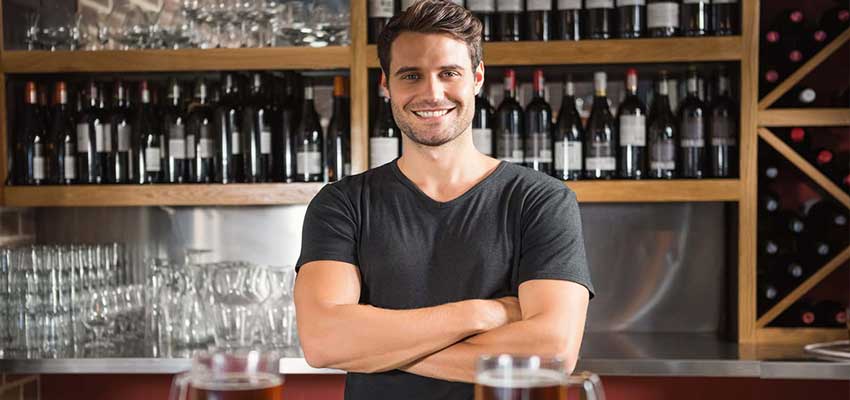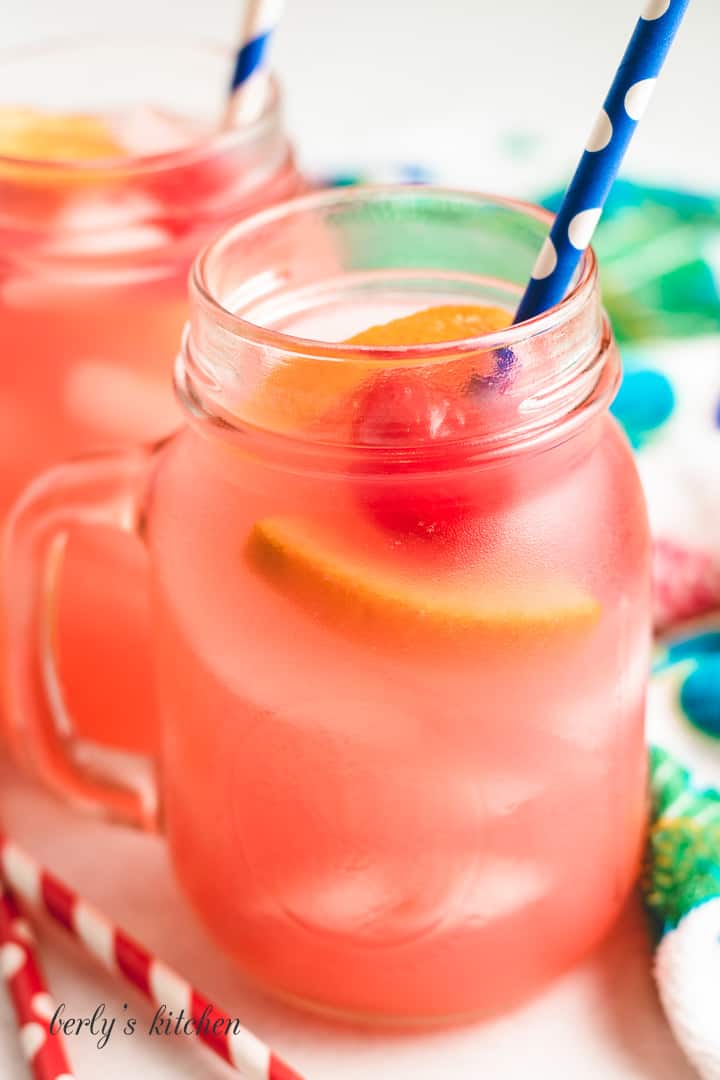
If you want to become a bartender in Indiana, you should know the requirements and process to get your license. Learn about the requirements, cost, and ineligibility. After reading this article you will be able to make an educated decision about the licensing process.
Ineligibility
Before an aspiring bartender can operate legally in the state of Indiana, he or she must first undergo training and earn a bartending license. The Indiana Alcohol and Tobacco Commission requires such licenses. The ATC has very strict and comprehensive laws regarding the sale and service of alcohol. It covers all aspects.
There are several steps involved in obtaining an Indiana bartending licence. First, your age must be 21. Then you must complete an approved training course. You will need to apply for an employee permit in order to work at a bar or restaurant. After you have been granted this permit, you must complete the training within 120 days.

Requirements
In order to obtain an Indiana bartending license, you must be over the age of 21. You must also have completed an alcohol server course within 120 days after being hired. Most employers provide this training in-house. In addition, you cannot apply for a bartending license if you have not paid your taxes.
To open a bar, or restaurant in Indiana you must obtain a license from Indiana's Alcohol and Tobacco Commission. The license is valid only for three years, and must be renewed. While the initial fee for the license is $125 (the minimum), you may be eligible for a discount if your work is voluntary or for free. After you have obtained your license you must keep a backup copy for future reference.
Courses
Training is required before you can become a bartender. There are many options for training. For example, you can choose a free online training course offered by the Indiana ATC. Third-party training providers are also approved by the state. After you have completed the training you can apply for an employer permit. This permit must be obtained within 120 working days to be eligible to work in a bartending business.
The alcohol service industry can be challenging. A license is needed to succeed. Indiana has stricter alcohol laws that than other states. Therefore, Indiana bartenders should complete training courses. The online courses are affordable and quick.

Cost
The state requires that all establishments, including bars and restaurants, have the proper licenses. The state's Alcohol and Tobacco Commission (ATC) regulates the sale of alcohol and tobacco, and over 15,000 licenses and permits are required for business operations. The licensing process is overseen by the local alcohol boards. These laws are enforced through the State Excise Police.
A bartending license allows you in Indiana to sell alcohol to customers at bars, restaurants, and other establishments that sell alcohol. This type of license allows you to sell beer, wine, and spirits in on-sale establishments. It allows you to sell alcohol for a price and is easily transferable to any location in the state.
FAQ
How do you keep your drinks cold?
Put them in the freezer for 20 minutes. This will allow them to cool quickly and not dilute the drink.
What makes a martini so delicious?
A martini can be described as the ultimate cocktail. This drink is the easiest, but it has the best flavor. It consists of equal parts gin and vermouth.
Gin is made from fermented Juniper berries. It is refreshingly smooth. Vermouth can be described as a fortified beverage that includes herbs like wormwood or the gentian. These two liquids create a delightful combination of sweet-sour flavors.
What is the difference between a cocktail and a mocktail?
A cocktail is made with liquor. A mocktail contains fruit juice.
What is a shaker, you ask?
A shaker allows you to combine multiple ingredients. You can strain the mixture using the strainer included with the shaker. The lid prevents unwanted smells from escape while the shaker is being used.
Statistics
- According to a post on Quora, the average bartender can make upward of 140 drinks per hour. (gloworder.com)
- with a light percentage of 4.2% or any with a light percentage of 4.2% or any Coors/Bud/Miller Lite, which also is 4.2% (breakingtheboredom.com)
- It is customary to leave a tip of 10-20% of the bill total. (boguesounddistillery.com)
- its content makes it 10.5%, which is far less than wine. (breakingtheboredom.com)
External Links
How To
How to make mixed drinks
Mixing drinks is a combination of different ingredients such as liquors, juices or liqueurs. Mixing liquors together with water and ice makes a cocktail. It is usually made with fresh fruit juice, lemonade, soda water, tonic water, ginger ale, club soda, beer, wine, or any other type of alcoholic beverage.
The following are some of the most well-known types of cocktails:
-
Margarita- A Mexican cocktail made up of triple sec (or Cointreau), tequila (or Tequila), lime juice and salt.
-
Daiquiri- A Cuban cocktail with rum and sugar.
-
Mojito – A Cuban cocktail that consists primarily of mint leaves and some rum.
-
Gin and Tonic, a British drink that contains gin mixed with tonic.
-
Martini – A cocktail made with vermouth and vodka along with bitters and oil.
-
Whiskey Sour - A whiskey cocktail made with bourbon sweetened condensed Milk, lemon juice and egg white.
-
Sidecar - A French cocktail containing cognac, orange Juice, and grenadine.
-
Collins - A cocktail made up equal parts of lemon juice and gin.
-
Manhattan – A cocktail that consists of sweet vermouth (rye whiskey), maraschino cherries, sweet vermouth, angostura bitters, seltzer, and maraschino cherries.
-
White Russian - A cocktail consisting of vodka, Kahlua, coffee liqueur, and cream.
-
Brandy Alexander: A mix of brandy and creme de cacao, heavy cream, and dark chocolate syrup.